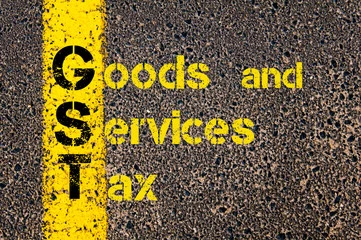GST as a concept is a Value Added Tax, which means the tax is only equivalent to the value which is added by the supplier. Let us understand what it means.
It means, that if there is a manufacturer who manufacture certain goods, where the inputs used for manufacture were worth Rs 100 but the output was for 150, the value added in this situation being only 50, the tax should only be on 50 and not on 150.
But how do we arrive at this figure, how do we ensure that the tax is equivalent to the value added. For this purpose a concept is attributed which is called as ITC, in short, which means input tax credit.
ITC stands for Input Tax Credit and is a part of the valuation mechanism and also a separate concept by itself.
Mechanism of valuation requires you to assess how much the supplier needs to pay GST. However, this factor only takes into account the output side, namely the side by which the supplier receives money from the receiver.
There is another important angle to the valuation, which is the input side of the supplier, which is how much price the supplier has paid to a third party to receive the inputs. Let us understand by way of an example.
Suppose there is a manufacturer who is engaged in making a supply of Rs 200. If the rate of tax is 10 per cent the supply would be subject to a tax of Rs 20, but if the supplier for making this supply has obtained certain inputs which are equivalent to Rs 100 and has paid tax of Rs 10 on this Rs 100. Effectively the supplier has made value addition only of Rs 100, which is Rs 200 minus Rs 100 and therefore should pay tax only on the value addition of 100, which is equivalent to Rs 10.
But how do we arrive at this value and how will this be done practically when its not one single transaction which is happening but there are multiple transactions. In order to simplify this, there is a mechanism of input tax credit. Input tax credit means that the supplier can take credit of the taxes paid on inputs.
In our situation, the supplier can take credit of Rs 10 which was paid on the inputs. This 10 can be used as credit to pay tax to the government on the Rs 20, that supplier has collected on the supply, which would mean that the supplier will pay Rs 10 in cash and Rs 10 will be offset against the credit which that supplier is carrying of the taxes which were paid on inputs.
So ITC is a mechanism by which a supplier is entitled to take credit, which can be utilised for the purpose of meeting the liability on the supplies made by the supplier.

